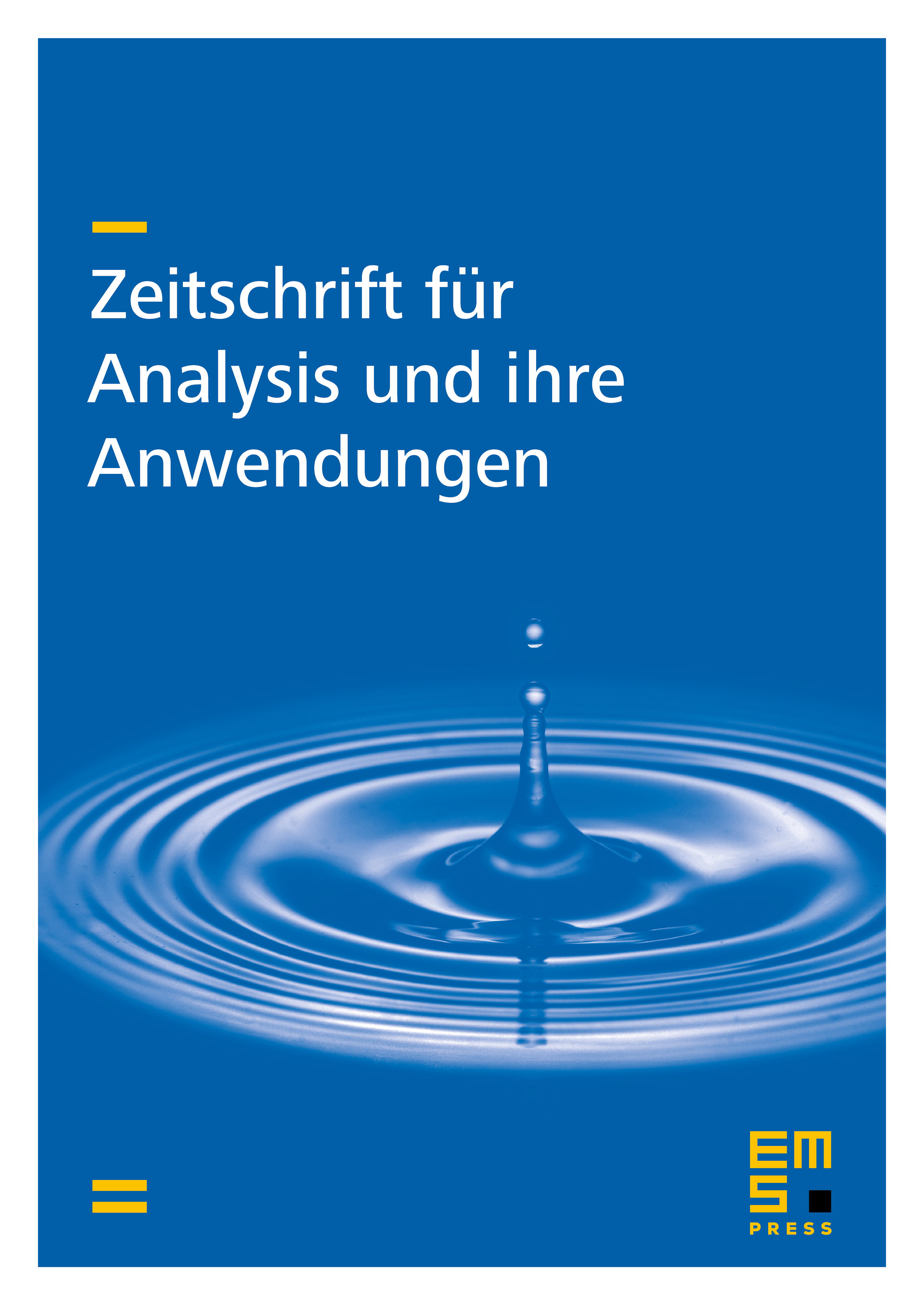Balls in Constrained Urns and Cantor-Like Sets
Günther J. Wirsching
Katholische Universität Eichstätt, Germany

Abstract
Let denote the number of different ways to distribute indistinguishable balls into constrained urns, with capacities . We consider the , where are appropriate constants such that supp and . It is shown here that, if is , i.e. if converges to some positive real number, then the functions converge to some -function on . This function is the unique solution of the integral equation satisfying supp and . Moreover, if , it is shown that is a polynomial on each interval outside a Cantor-like set in the interval [0, 1].
Cite this article
Günther J. Wirsching, Balls in Constrained Urns and Cantor-Like Sets. Z. Anal. Anwend. 17 (1998), no. 4, pp. 979–996
DOI 10.4171/ZAA/862